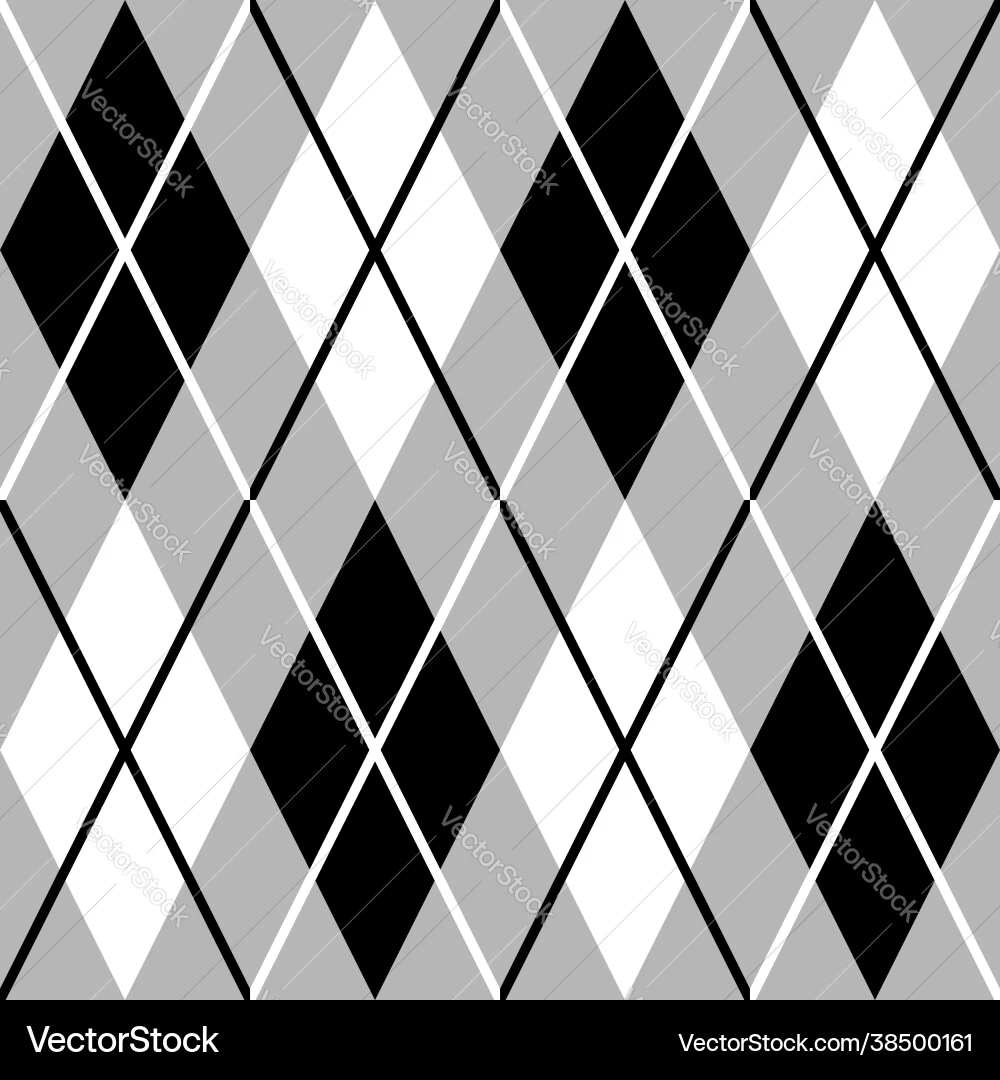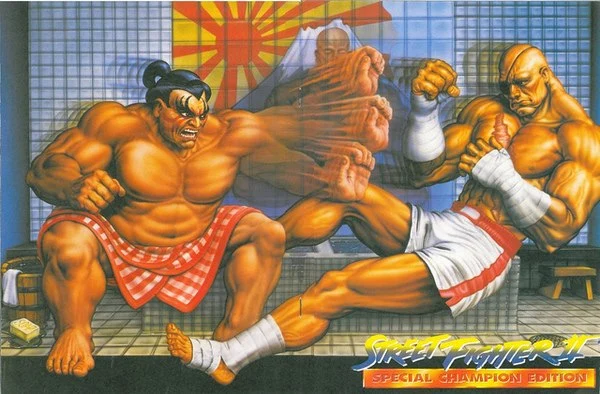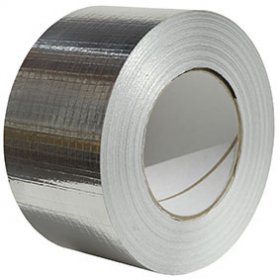57$
Doesn’t surprise me. Even when you pay labor a fair, living wage for high-end apparel and fashion items–which Dior is definitely not doing–the cost of labor is still a pretty small fraction of the final price. The cost of materials and findings on those bags is likely more than the labor costs.
Most of what you’re paying for in high-end goods is very careful design, attention to materials and the construction process, and very good QC. Those are largely intangibles.
So why don’t they pay workers reasonably then, since it’s such a small fraction of the final cost? Because the company has no soul.
Bernard Arnault, the CEO of LVMH, is now the richest person in the world above Elon Musk and Jeff Bezos.
It did not happen by accident.
“Italian prosecutors found Dior paid $57 to produce bags retailing for $2,780.”
In case someone else comes to the comments to see the important detail.
Makes me feel better about only paying for a 300% markup on car parts
Rock Auto ftw
Post pandemic international shipping rates skyrocketed. Used to be able to order parts from RA and have them shipped to Canada for peanuts. Now the cost savings are eaten by crazy shipping fees, auto parts aren’t light
Only 300% lol
Thanks for respecting our time and its monetary value!
^ Excluding cost of material
Considering how many “luxury” bags nowadays are “vegan leather”, pvc or other plastic byproduct materials… I don’t think the material costs that much either.
One of Dior’s current “it” bags is literally a beach canvas tote bag retailing for USD$3000k+. And most luxury houses don’t even do real gold/platinum or plated hardware anymore. There is no “luxe” in modern luxury anymore tbh, it’s really about showing off the name
They’ve been Veblen goods for a while, the price is the flex. Even the marketing has dropped the pretense, any talk of craftsmanship or quality materials has disappeared in favor of lifestyle branding and appeals to the ego.
On the inverse side, there’s MUJI who dont advertise, don’t brand their goods, and purposely design goods that reduce waste.
Muji’s quality is kind of crap too, their linens and cottons are thin, of a lower/variable quality weave and not as sustainably acquired as they like to pretend they are. But they ARE natural fabrics/polyester free, so there’s that.
Thanks for putting the answer in the post body, made me chuckle.
Proof that a free market doesn’t magically create value.
*Proof that a free market magically create value, because people actually buy them.
I used to work for a luxury brand in one of their “unnamed” locations in Eastern Europe. A pair of shoes would cost around 50€ to produce. We would then ship them to Italy, they would add the insole and laces, label them as “made in Italy” and sell them for 1k€+…
What brand?
LV
Me Shoesy!
Gucci gucci louie louie fendi fendi prada, basic bitches wear that shit so I don’t even botha!
Throw Dior on the pile of overpriced garbage I guess.
Yeah, idiots wear this shit because of the price tag. Not despite it.
Yes, these are Veblen goods. People buy them to signal status. The more expensive they are — and the more conspicuous they look — the stronger the signal they send.
It doesn’t matter how much it cost to make, only what people are willing to pay.
Is that a Ferengi rule of acquisition?
Also, I have an Italian friend who sells jewelry and a long time ago he taught me that one of the ways to make something … anything … more valuable is to simply increase its price. If you price something cheap, people naturally think it’s cheap … if you price something as valuable, even if it isn’t, most people will believe it is valuable and will be willing to pay the higher price.
That typically only works for luxury goods, but yes. A good that inverts the effect of price on demand is called a Veblen Good.
But that strategy probably wouldn’t work for something like rice or shampoo or socks or drywall putty unless people start using those as status symbols.
Makes me wonder if those $80 Monster HDMI cables were lucrative. Might be that the rule applies not just to luxury goods, but for any good where the consumer is too ignorant of the market to have any frame of reference to compare to (e.g. the technologically illiterate).
Imo the price of those was justified solely by fraud. I.e. they lied about picture quality being better, etc. I also don’t know that demand for those was all that high and am even more skeptical that it’d be driven by price.
Insane claims and matching prices is par per course in the world of “high end hi fi”. It gets much, much worst than Monster overpriced digital cables.
Reminds me of an old joke.
A man is standing on Wall Street. He has a sign that says 'Pencils For Sale." A broker walks up and asks how much for one pencil.
“$50,000.00”
“$50 thousand for one pencil? At that price you’re not going to sell many.”
“At that price I only need to sell one.”
This and the Send Me to Heaven app (throw your phone as high as you can, higher height means higher score) were two of my favorite early apps clearly designed to mess with people buying expensive devices as status symbols.
But I think it has to go way up. If it goes up but not enough then it’s an expensive thing, not a valuable one.
I think it works for slightly more expensive things too. Like absent any noticeable difference we would assume that a $5 hotdog was better than a $2 hotdog.
You may be thinking of Veblen goods, which are marked up to such a degree that the high price point is the point of the purchase. It makes the product more exclusive.
But a $5 hotdog is very expensive while a $2 one is just “a normal hotdog in an expensive place”. It’s the jump from the “normal” price. 2x is expensive. 10x is “exclusive”.
Yeah you can play with the numbers, and it all depends on the economic context.
I completely agree when it comes to luxury items. In fact, I fully support the luxury version industry.
When this shit applies to the standard version is where we should be drawing our ire; when the $20 bag costs $0.11 to make.
We have to reduce people’s willingness to pay you say hmmm
But as with all products production cost is not really saying that much
How much money did the design process take as they surely have some extremely high-paid people doing that? If you then include their deliberate small number of produced goods in order to stay exclusive that design cost is distributed across only a couple of thousand bags. Also what about the designs that didn’t become bags at all?
I’m not saying it’s worth that price at all as their main drawing point is marketing but just looking at the production cost is a very short-sighted view and a very populist framing, too.
There’s a reason why actually rich people don’t walk around with the stuff those luxury brands sell in their stores - it’s just peacocking to show how much money you can afford to waste and nothing else
Its like that old example of "A graphic designer has a meeting with a CEO to design a new company logo, in 2 hours they are finished and the designer gives the CEO a bill for $4000. The CEO explodes “I’m not paying $4000 for 2 hours work” the designer responds “You arent, your paying for the decade of experience that allows me to do it in 2 hours.”
my favorite is the factory analogy. giant machine the size of a football field breaks, will not run. they call in the engineering expert who spends 2 hours eyeballing the machine, when he takes out a tiny screwdriver and turns a single screw counterclockwise 1 turn. the machine bursts to life.
he hands the factory owner a bill for 10,000$.
the factory owner says ‘thats preposterous, im not paying that for one turn of a screw’
the engineer scribbles on the paper;
tuning screw 1.00$ knowing which screw to turn 9,999.00$
I had this happen IRL, when my friend was helping do some super tasks in his small apt building to get a reduction in his condo fees. The boiler needed to be reset for some reason I can’t remember, so he headed down and pushed the obvious buttons that seemed to be for turning it off and on. About 30 minutes later it seemed like the apartment was getting colder and he got some calls from other people in the building. This was in the middle of a pretty cold winter, so a boiler guy had to be called to come out. It was probably 8 or 9 PM, so I’m sure he was charging some exorbitant rates to be there, and once he arrived he went around the side and pushed a tiny unmarked metal slide in and out once, which fixed the problem.
I’d heard this as a plumber who knocked a pipe with a spanner.
I think you’re not focusing on the part that they were made in Chinese-owned slave shops in Italy, by slave labor illegally trafficked from China in order to achieve this production cost while being able to label them “Made in Italy”
No that’s totally disgusting - I was only complaining that it’s not the full “this is how much it costs” equation
🙌
thats basically a retail cost to since they are not making it themselves.
Yeah, $57 sounds still quite a lot, the material probaly costs like $2 and the cheap exploited labour cost is also like $2, and shipping some dollars per bag.
Edit: if they are actually made in Italy or France, them the labour cost is quite much higher.
Don’t forget about all the costs on the website and storefront end then paying the employees/staff, advertising and so… WAIT JUST A GOT DAMN MINUTE 😂
To give DIOR way fairer a light than it deserves, this is the labour cost, not the material cost. I assume that is substantially higher, but I imagine still not anywhere close to $2000+.
I’ve never been in the habit of buying name-brand fashion items purely because of the fact that a significant part of what you pay for is the brand’s signature - you’re not necessarily paying for something better than the rest.
On one hand if you actually read the article this number is already misleading because they didn’t even bother to include the price with materials, which are leather (and assuming high quality leather at that), which probably drives that number up a bit although nowhere near the final cost.
On the other hand, duh, this is how commerce works? I make something (or buy it from someone who can make it in high volumes) and then sell it at higher price than I sold it for. I guess it’s just the commentary that there are people out there with enough disposable income to spend 3 grand on a bag? That is ridiculous for sure but it’s nothing new, been around for decades
It’s impossible to pay a living wage to all the workers involved for $60. That and the horrid working conditions mean that these “luxury” bags are the same sweatshop fast fashion bs as everything else, without any of the cheapness. We don’t have to accept something just because it’s normal.
That is a lot to make a handbag, ten or twenty times more than a lot of them.
A what bag? I thought this was medical stuff before seeing the thumbnail.
They have invested a lot in branding, now they got to claim it back.
Moreover, a high retail price make that bag valuable.
something has value because it is sold for a lot? Seems weird. If I sell a turd for 2700$ the turd has “value”. At what point did it get that value? when someone buy it, or the moment I put it on the shelf on my shop?
Now you’re starting to understand how money is laundered through art.
Well, yes. But we can still make fun of whoever bought it.
I mean, I’m definitely not defending this massively overpriced bag, but an artist can spend less than a hundred on materials to make a piece of art, and it sells for millions
The value of the materials and even the labour that goes into making it are not the only things that determine the value of luxury items, value is heavily determined by scarcity in one way or another.
For the piece of art, this is actual scarcity, there may only be one. For the bag, the scarcity is somewhat crazily generated by the RRP meaning many won’t buy it and therefore creating the scarcity to justify the value.
It’s kinda a microcosm of capitalism, where value is created by the perception of value.
If I sell a turd for 2700$ the turd has “value”.
Yes, it works well for bitcoins and NFTs.

















